That the Reserve Bank of India (RBI) will most likely cut interest rate today is now an almost foregone conclusion. Economists are mostly betting on whether it will be 25 basis points or 50 bps.
The key reason being cited is that the central bank will have to cut rate to boost growth as the government’s demonetisation move is slowing down consumption and economy.
Two-thirds of the 60 economists polled by Reuters said they expected a cut, with 31 of 56 respondents expecting it to be 25 bps, while six predicted a deeper 50 bps reduction. One said the RBI would slash rates by 75 bps.
“Given the concerns about demonetisation and the slowdown it is likely to generate in sectors that have traditionally been cash dependant, such as consumption goods, the RBI will try to cushion the blow with a rate cut,” Shilan Shah of Capital Economics in Singapore has been quoted as saying in a Reuters report.
A rate cut seems to be the only pill that the central bank can administer at present to boost economic growth and consumer confidence.
The government on 8 November announced its decision to demonetise Rs 500 and Rs 1,000 notes and replace them with new ones in a bid to curb black money generation, fake currency usage and terror funding. The unexpected move resulted in a cash crunch as the RBI was not prepared to meet the demand for new notes. The demonetised notes formed 86 percent of the currency in circulation by value.
In this context, here are the key aspects you should watch out for in the policy statement today:
About demonetisation
Ever since demonetisation, the central bank and its governor Urjit Patel have both come under criticism for being silent about the steps taken. The two occasions when governor Patel spoke - interviews to PTI and Quint - he just made a customary assurance that the central bank is doing everything to reduce genuine customers’ pain. This statement was hugely insufficient to calm people’s anxieties given the difficulties faced by not just the general public but also bank staff. Bank unions have written to the finance ministry explaining the various hardships faced by their members.
According to the union, though the central bank has been saying repeatedly that there is enough cash and it is being dispatched to the banks, the reality was that banks are getting only limited cash. Due to repeated assurances given by the RBI, customers feel that the banks are rationing their cash to them for no reason and this is resulting in tension and angry exchange of words with bank staff. Again, some customers have also raised a suspicion that while disbursing cash, the RBI seem to prefer the private sector banks than public sector ones.
The policy review today is a chance for Patel to clear all these charges. Will he speak up? Will he reveal the status of printing of currency notes in its presses? How much rupee notes have been printed so far? How much more have to be printed to completely replace the demonetised currency? When does Patel think the situation will normalise?
Deposits banks received
This number is important. In the absence of regular details from the central bank, there are many numbers doing the rounds. The RBI twice put out releases on this data and the last one was on 28 November. According to the latest numbers available through sources, as much as Rs 12 lakh crore worth old currency has returned to the banking system as deposits. This is against the government’s estimate that it would get back Rs 10 lakh crore and the rest will be extinguished. There was expectation that this will result in a windfall for the central bank which could have been transferred to the government by way of special dividend. This is, as of now, a speculation. The government and the RBI have neither denied it nor have they clarified. So also the case of fake currency. A report in The Times of India has said 20 days after demonetisation only 3.4 percent of all notes returned were counterfeit. Both these, according to many, mean that the scheme has failed in its objective. Worse still is the speculation that the rich and wealthy have already laundered their money.
A report in The Indian Express noted that from tiffin service to dental implants, everybody has tried to beat the system and swap old notes. What is the RBI’s thinking? Is the suspicion that the rich and wealthy are gaming the system that forced the authorities to change the rules every other day?
Growth?
As of now, India is the fastest growing economy. It grew 7.3 percent in July-September, better than the previous quarter’s 7.1 percent. However, with demonetisation curbing the spending power of the RBI, various agencies and brokerage houses have slashed their growth estimates. Former prime minister Manmohan Singh has said he expected the GDP to fall by 200 basis points. What is the RBI’s take? Its estimate for the current year is 7.6 percent. Most probably the central bank will give out a revised estimate for the current year. Watch out for that.
Inflation or deflation?
Inflation is already trending downwards due to a favourable monsoon that has improved the productivity of food items. In October, retail inflation was 4.21 percent, lower than 4.39 percent in September. Food inflation, meanwhile, stood at 3.32 percent compared with 3.96 percent in the previous month. The corresponding figure for July 2016 was at a higher 8.35 percent. The slower demand induced by demonetisation is seen further pressuring the prices down. There is even a view that the entire process is deflationary. If it is indeed so, this would do more harm to the economy. The RBI is bound to give some clarity on this, including a revised estimate for inflation. Look out for the number.
One could easily argue that the central bank need not clarify all of these. But given the grand scale at which the demonetisation is being rolled out and the way it is impacting the general public, there is a need for more transparency on the workings of the central bank. But, ironically, the RBI has gone into an opaque mode. This has seriously dented the image of the central bank. The Bank officers’ confederation has even sought the resignation of Patel for not taking moral responsibility for the havoc in the financial system.
Today’s policy review is a chance for the central bank and its governor to clarify and bring back the integrity of a democratic institution, which has always refused to genuflect before the political bosses in Delhi. The question is: Will Patel live it up?


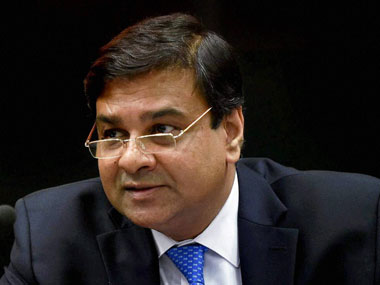)




)
)
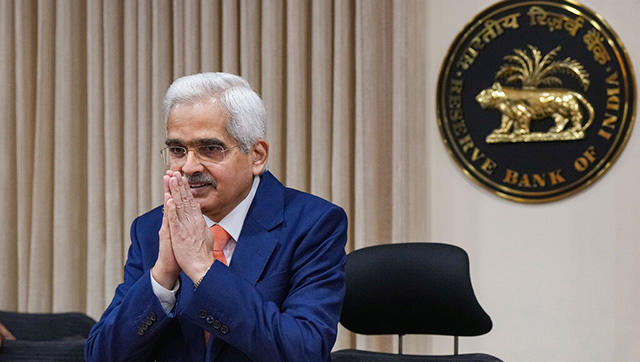)
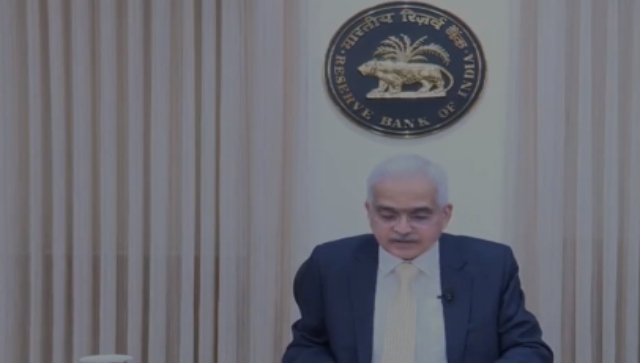)
)
)
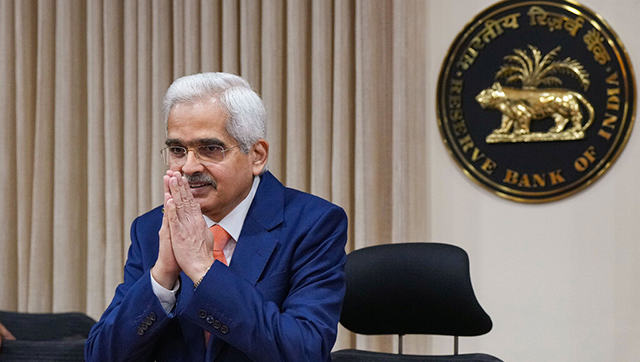)
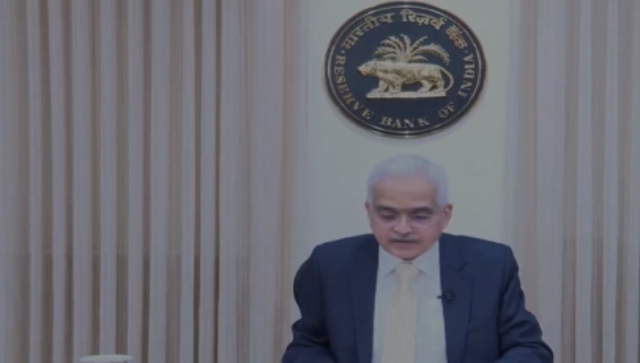)